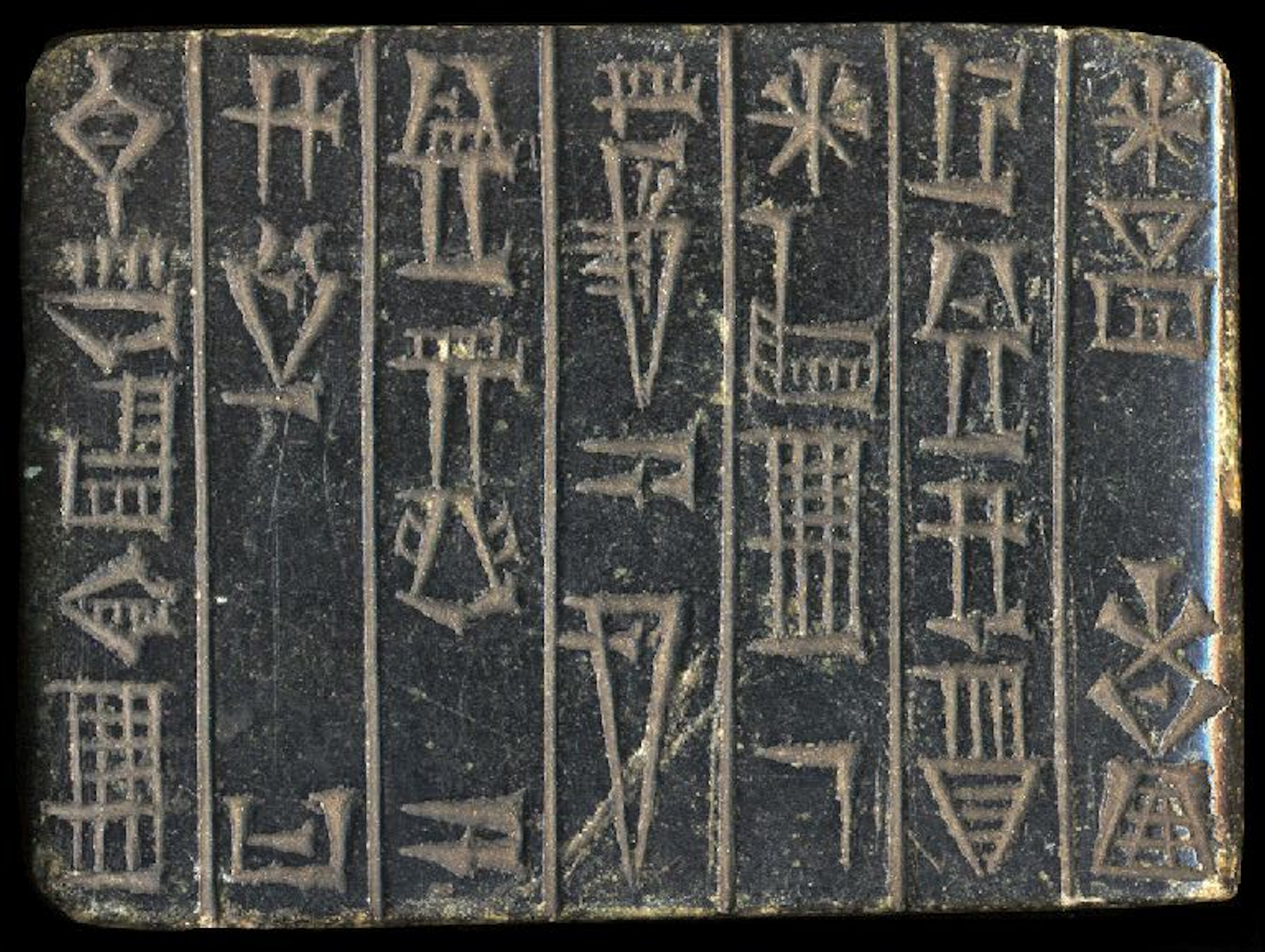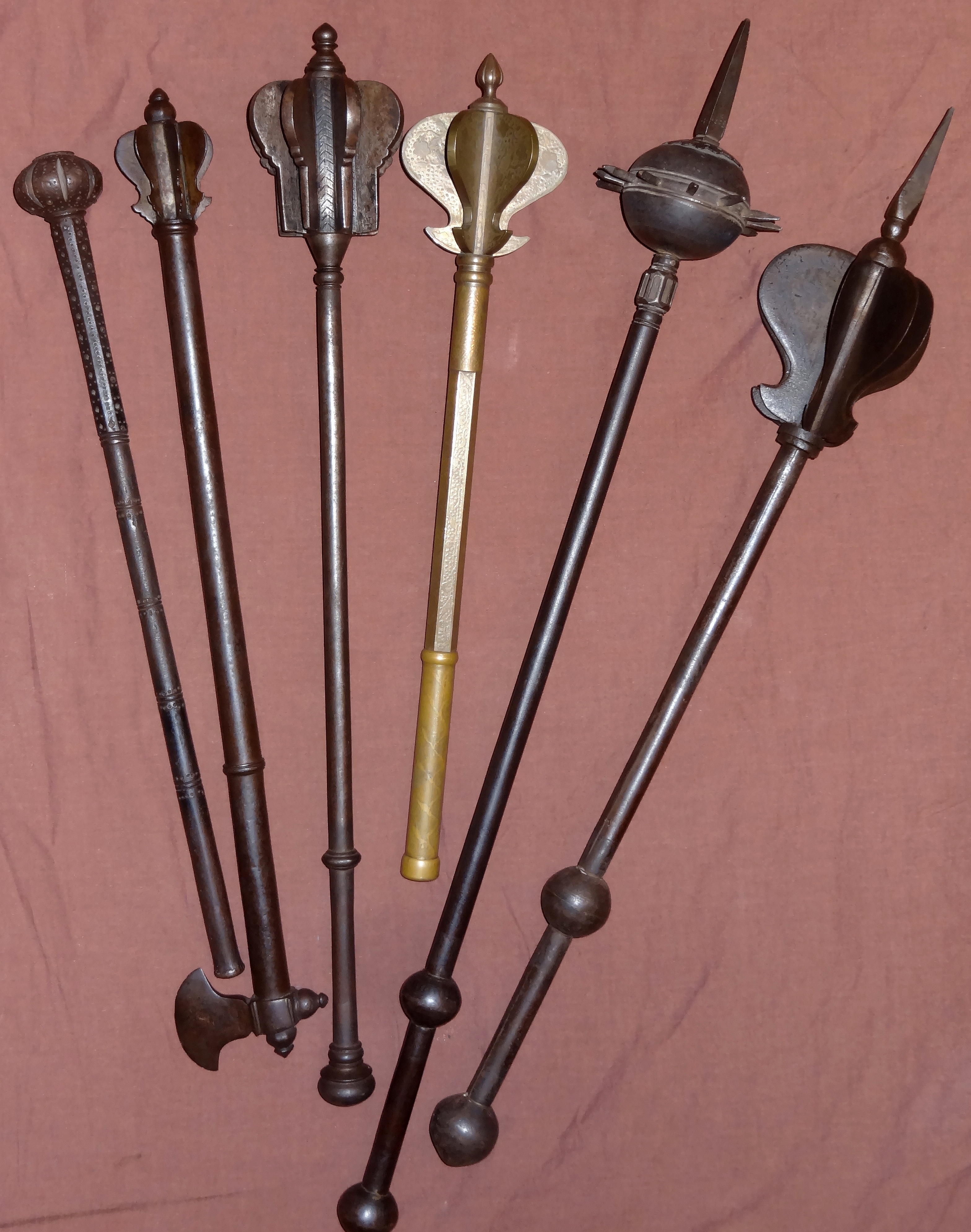|
Asag
In the Sumerian mythological poem ''Lugal-e'', Asag or Azag ( Sumerian: ), is a monstrous demon, so hideous that his presence alone makes fish boil alive in the rivers. He was said to be accompanied into battle by an army of rock demon offspring—born of his union with the mountains themselves. He was vanquished by the heroic Akkadian deity Ninurta, using Sharur, his enchanted talking mace, after seeking the counsel of his father, the god Enlil Enlil, , "Lord f theWind" later known as Elil, is an ancient Mesopotamian god associated with wind, air, earth, and storms. He is first attested as the chief deity of the Sumerian pantheon, but he was later worshipped by the Akkadians, Bab .... References External links Ninurta defeats the Asag—ETCSL tablet translation Mesopotamian demons {{MEast-myth-stub ... [...More Info...] [...Related Items...] OR: [Wikipedia] [Google] [Baidu] |
Ninurta
, image= Cropped Image of Carving Showing the Mesopotamian God Ninurta.png , caption= Assyrian stone relief from the temple of Ninurta at Kalhu, showing the god with his thunderbolts pursuing Anzû, who has stolen the Tablet of Destinies from Enlil's sanctuary (Austen Henry Layard ''Monuments of Nineveh'', 2nd Series, 1853) , parents=Enlil and Ninhursag As Urash, An , deity_of=God of agriculture, hunting, and war , abode=Eshumesha temple in NippurLater Kalhu, during Assyrian times , symbol=Plow and perched bird , consort= ''As Ninurta:'' Gula''As Ninĝirsu:'' Bau , children= , planet=Saturn, Mercury , mount= Beast with the body of a lion and the tail of a scorpion , equivalent1_type = Caananite , equivalent1 = Attar , equivalent2_type = Eblaite , equivalent2 = Aštabi Ninurta ( sux, : , possible meaning "Lord fBarley"), also known as Ninĝirsu ( sux, : , meaning "Lord fGirsu"), is an ancient Mesopotamian god associated with farming, healing, hunting, law, ... [...More Info...] [...Related Items...] OR: [Wikipedia] [Google] [Baidu] |
Sharur (mythological Weapon)
Sharur ( Sumerian:𒊹𒃡 šar₂-ur₃), which means "smasher of thousands" is the weapon and symbol of the god Ninurta. Sumerian mythic sources describe it as an enchanted talking mace. It has been suggested as a possible precursor for similar objects in other mythology such as Arthurian lore. Role and powers in mythology Sharur plays a prominent role in an incident in which Ninurta is described as using it to defeat Asag, a monstrous demon; Sharur has the power to fly across vast distances without impediment and communicate with its wielder. This myth receives its most complete treatment in the epic Lugal-e, which in English is rendered as "The Exploits of Ninurta (O Warrior King)". According to this text, Sharur's role in the battle is not only as a weapon. It provides crucial intelligence to the hero, acting as an emissary between the god Enlil and Ninurta and relating to him the former's will, including a command to slay the architect Kur, a primeval serpent god venerate ... [...More Info...] [...Related Items...] OR: [Wikipedia] [Google] [Baidu] |
Enlil
Enlil, , "Lord f theWind" later known as Elil, is an ancient Mesopotamian god associated with wind, air, earth, and storms. He is first attested as the chief deity of the Sumerian pantheon, but he was later worshipped by the Akkadians, Babylonians, Assyrians, and Hurrians. Enlil's primary center of worship was the Ekur temple in the city of Nippur, which was believed to have been built by Enlil himself and was regarded as the "mooring-rope" of heaven and earth. He is also sometimes referred to in Sumerian texts as Nunamnir. According to one Sumerian hymn, Enlil himself was so holy that not even the other gods could look upon him. Enlil rose to prominence during the twenty-fourth century BC with the rise of Nippur. His cult fell into decline after Nippur was sacked by the Elamites in 1230 BC and he was eventually supplanted as the chief god of the Mesopotamian pantheon by the Babylonian national god Marduk. Enlil plays a vital role in the Sumerian creation myth; he sep ... [...More Info...] [...Related Items...] OR: [Wikipedia] [Google] [Baidu] |
Lugal-e
The ancient Mesopotamian myth beginning Lugal-e ud me-lám-bi nir-ğál, also known as ''Ninurta's Exploits'' is a great epic telling of the warrior-god and god of spring thundershowers and floods, his deeds, waging war against his mountain rival á-sàg (“Disorder”; Akkadian: '' Asakku''), destroying cities and crushing skulls, restoration of the flow of the river Tigris, returning from war in his “beloved barge” ''Ma-kar-nunta-ea'' and afterward judging his defeated enemies, determining the character and use of 49 stones, in 231 lines of the text. It is a bilingual work with origin in the late third millennium BCe. It is actually named for the first word of the composition (lugal-e “king,” in the ergative case) in two first-millennium copies, although earlier (Old Babylonian) copies begin simply with lugal, omitting the case ending. A subscript identifies it as a “širsud of Ninurta” (a širsud meaning perhaps “lasting song”) or “zami (praise) of Ninurta” ... [...More Info...] [...Related Items...] OR: [Wikipedia] [Google] [Baidu] |
Demon
A demon is a malevolent supernatural entity. Historically, belief in demons, or stories about demons, occurs in religion, occultism, literature, fiction, mythology, and folklore; as well as in media such as comics, video games, movies, anime, and television series. Belief in demons probably goes back to the Paleolithic age, stemming from humanity's fear of the unknown, the strange and the horrific. ''A Dictionary of Comparative Religion'' edited by S.G.F. Brandon 1970 In ancient Near Eastern religions and in the Abrahamic religions, including early Judaism and ancient-medieval Christian demonology, a demon is considered a harmful spiritual entity which may cause demonic possession, calling for an exorcism. Large portions of Jewish demonology, a key influence on Christianity and Islam, originated from a later form of Zoroastrianism, and was transferred to Judaism during the Persian era. Demons may or may not also be considered to be devils: minions of the Devil. In ma ... [...More Info...] [...Related Items...] OR: [Wikipedia] [Google] [Baidu] |
Sumerian Religion
Sumerian religion was the religion practiced by the people of Sumer, the first literate civilization of ancient Mesopotamia. The Sumerians regarded their divinities as responsible for all matters pertaining to the natural and social orders. Overview Before the beginning of kingship in Sumer, the city-states were effectively ruled by theocratic priests and religious officials. Later, this role was supplanted by kings, but priests continued to exert great influence on Sumerian society. In early times, Sumerian temples were simple, one-room structures, sometimes built on elevated platforms. Towards the end of Sumerian civilization, these temples developed into ziggurats—tall, pyramidal structures with sanctuaries at the tops. The Sumerians believed that the universe had come into being through a series of cosmic births. First, Nammu, the primeval waters, gave birth to Ki (the earth) and An (the sky), who mated together and produced a son named Enlil. Enlil separated heaven fro ... [...More Info...] [...Related Items...] OR: [Wikipedia] [Google] [Baidu] |
Sumerian Language
Sumerian is the language of ancient Sumer. It is one of the oldest attested languages, dating back to at least 3000 BC. It is accepted to be a local language isolate and to have been spoken in ancient Mesopotamia, in the area that is modern-day Iraq. Akkadian, a Semitic language, gradually replaced Sumerian as a spoken language in the area around 2000 BC (the exact date is debated), but Sumerian continued to be used as a sacred, ceremonial, literary and scientific language in Akkadian-speaking Mesopotamian states such as Assyria and Babylonia until the 1st century AD. Thereafter it seems to have fallen into obscurity until the 19th century, when Assyriologists began deciphering the cuneiform inscriptions and excavated tablets that had been left by its speakers. Stages The history of written Sumerian can be divided into several periods: *Archaic Sumerian – 31st–26th century BC *Old or Classical Sumerian – 26th–23rd century BC *Neo-Sumerian – 23rd–21s ... [...More Info...] [...Related Items...] OR: [Wikipedia] [Google] [Baidu] |
Monster
A monster is a type of fictional creature found in horror, fantasy, science fiction, folklore, mythology and religion. Monsters are very often depicted as dangerous and aggressive with a strange, grotesque appearance that causes terror and fear. Monsters usually resemble bizarre, deformed, otherworldly and/or mutated animals or entirely unique creatures of varying sizes, but may also take a human form, such as mutants, ghosts and spirits, zombies or cannibals, among other things. They may or may not have supernatural powers, but are usually capable of killing or causing some form of destruction, threatening the social or moral order of the human world in the process. Animal monsters are outside the moral order, but sometimes have their origin in some human violation of the moral law (e.g. in the Greek myth, Minos does not sacrifice to Poseidon the white bull which the god sent him, so as punishment Poseidon makes Minos' wife, Pasiphaë, fall in love with the bull. She copulat ... [...More Info...] [...Related Items...] OR: [Wikipedia] [Google] [Baidu] |
Mace (bludgeon)
A mace is a blunt weapon, a type of club or virge that uses a heavy head on the end of a handle to deliver powerful strikes. A mace typically consists of a strong, heavy, wooden or metal shaft, often reinforced with metal, featuring a head made of stone, bone, copper, bronze, iron, or steel. The head of a military mace can be shaped with flanges or knobs to allow greater penetration of plate armour. The length of maces can vary considerably. The maces of foot soldiers were usually quite short (two or three feet, or sixty to ninety centimetres). The maces of cavalrymen were longer and thus better suited for blows delivered from horseback. Two-handed maces could be even larger. Maces are rarely used today for actual combat, but many government bodies (for instance, the British House of Commons and the U.S. Congress), universities and other institutions have ceremonial maces and continue to display them as symbols of authority. They are often paraded in academic, parliamentary or ... [...More Info...] [...Related Items...] OR: [Wikipedia] [Google] [Baidu] |



.jpg)


